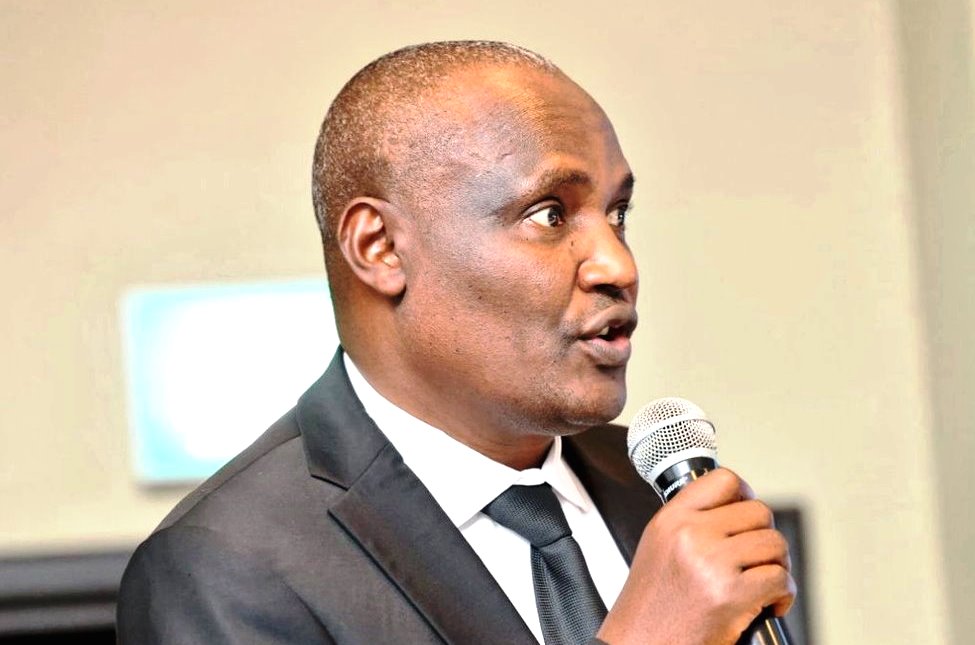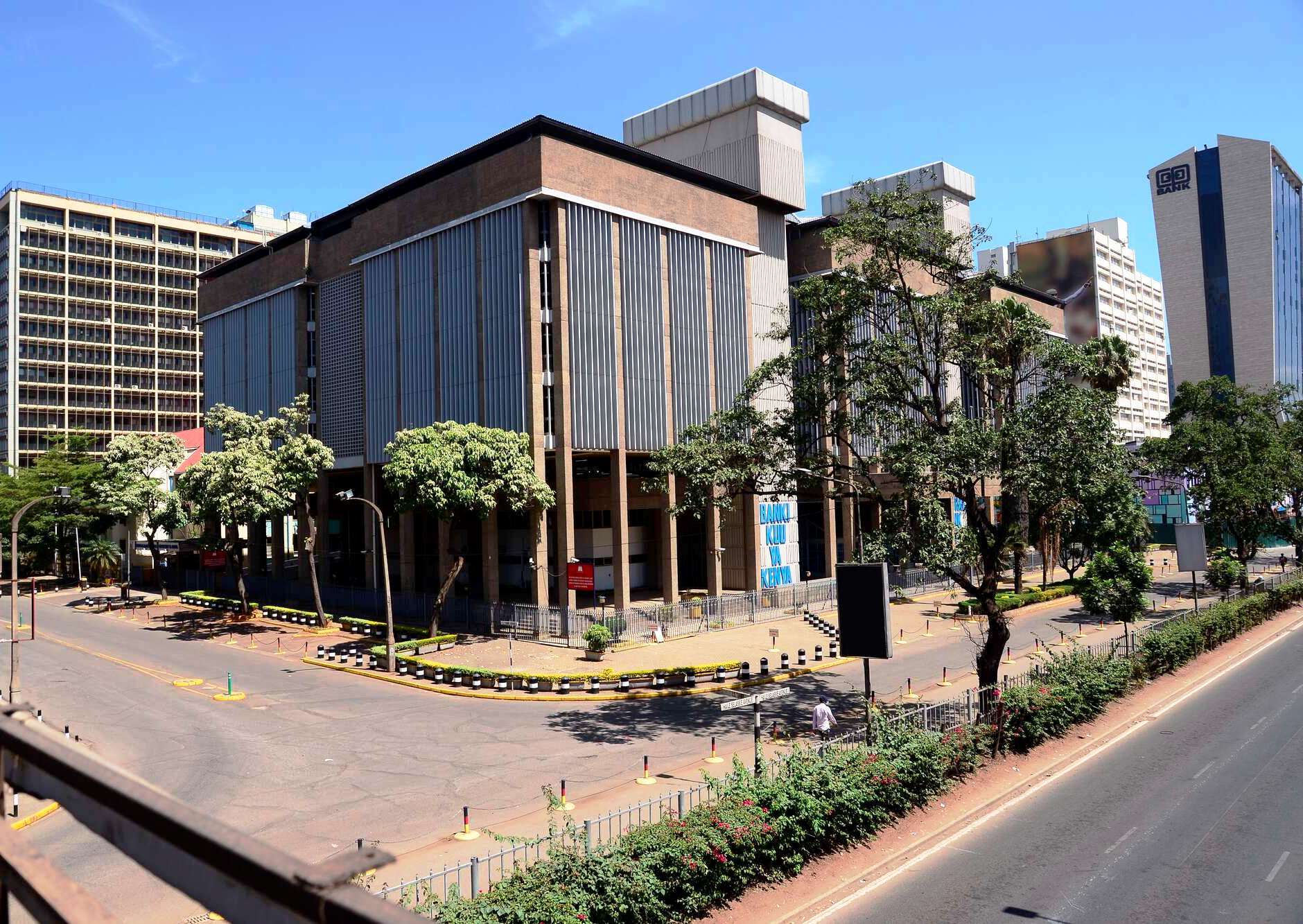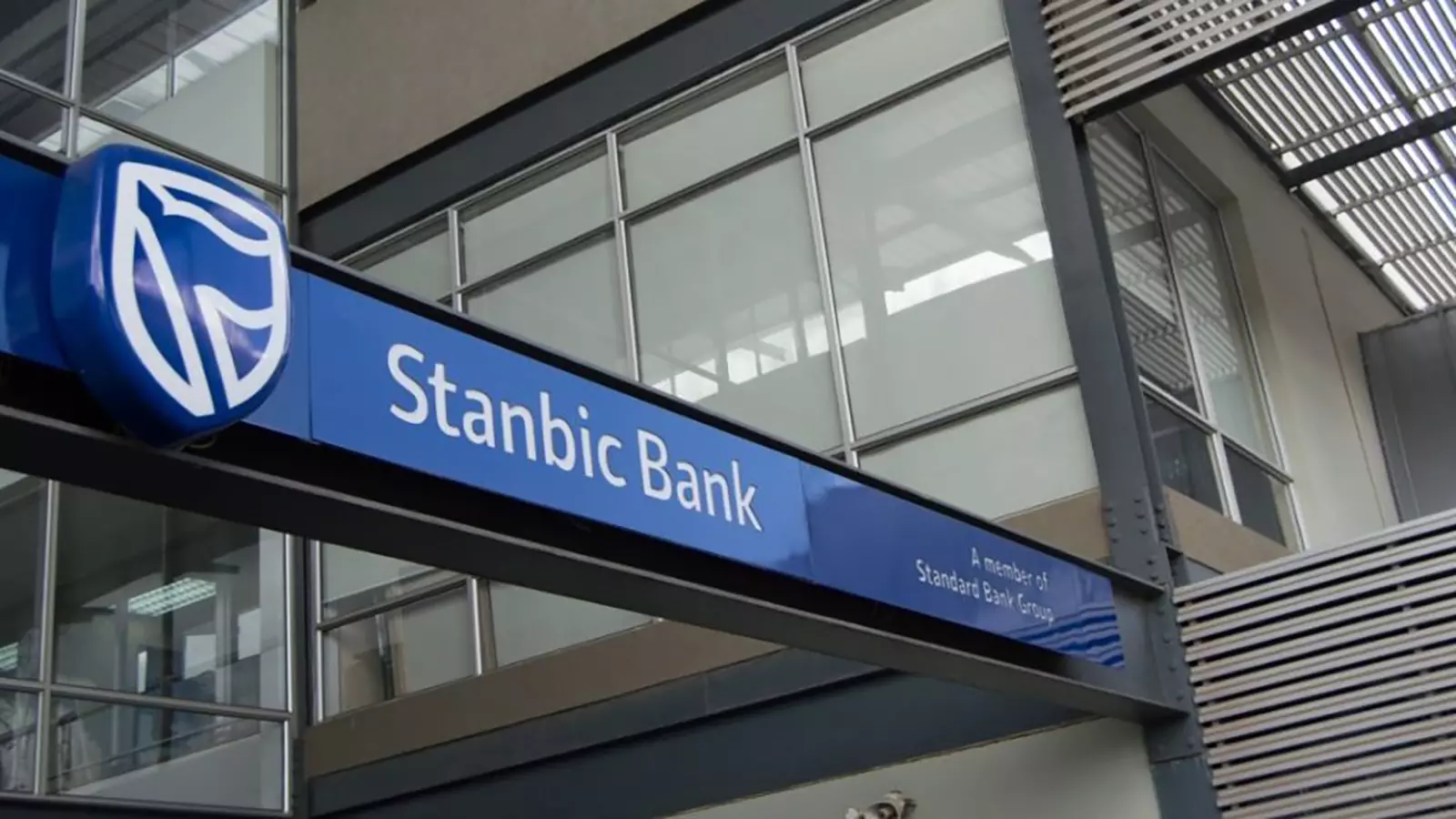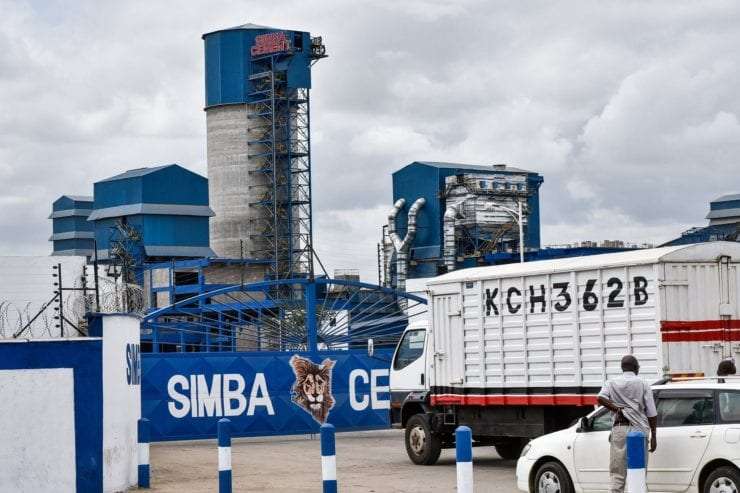TWV Staff Reporter
In a sweeping policy shift aimed at curbing procurement monopolies and enhancing transparency, the National Treasury has directed that all public procurement across Kenya must now be conducted exclusively through the electronic Government Procurement (e-GP) Kenya system.
To unlock the full article:
Choose one of the options below:
- Ksh 10 – This article only
- Ksh 300 – Monthly subscription
- Ksh 2340 – Yearly subscription (10% off)
The directive, issued via a circular dated 23rd July 2025 and signed by Cabinet Secretary John Mbadi, marks a decisive departure from manual and offline tendering systems, ushering in a fully digital era for public procurement. According to the circular, no procurement undertaken outside the e-GP Kenya platform will be recognised or paid for, effectively sealing off avenues for parallel processes. “No exemptions shall be granted,” the directive reads in part.
The Treasury stated that the move is intended to boost accountability, efficiency, and citizen oversight across all government tiers, including ministries, state departments, county governments, parastatals, and public training institutions.
CS Mbadi said that all procurement plans must be approved within 60 days of the start of the financial year, ensuring alignment between public financial planning and the functionalities of the e-GP platform.
The system is also integrated with the Public Procurement Information Portal, which enables real-time public access to procurement information, an important step toward reinforcing compliance with regulations set by the Public Procurement Regulatory Authority (PPRA).
In a major development for suppliers, the Treasury has directed that all government suppliers must now self-register on the e-GP platform. While procuring entities will still maintain internal supplier lists as per Section 57 of the Public Procurement and Asset Disposal Act (PPADA), registration on the e-GP system and possession of an e-GP registration number will be mandatory for eligibility.
However, the e-GP system does not currently support Government-to-Government (G2G) procurement, a limitation acknowledged by the Treasury. Additionally, public institutions themselves are, for now, excluded from supplier registration until future system upgrades are completed.
To ensure end-to-end digital integration, the Treasury is working to link e-GP Kenya with the Integrated Financial Management Information System (IFMIS) and other Enterprise Resource Planning (ERP) systems used by procuring entities. This will allow seamless flow of data across procurement, budgeting, requisitions, purchase orders, and payment functions.
Entities that do not yet have IFMIS or ERP systems must print and attach e-GP-generated documents to payment submissions. The Treasury will assist these institutions with structural alignment and the assignment of relevant budget codes.
Tender securities under the new system must now feature QR codes or be verifiable via secure portals, as per PPRA Circular No. 1 of 2023. The system also provides a comprehensive metadata audit trail, capturing every stage of the procurement cycle from planning through to contract closure.
Exceptions to the new directive include ongoing contracts, multi-year agreements, and framework contracts that were not planned via the e-GP system. These will not be migrated but must continue outside the platform, with no extensions permitted unless previously reported to the PPRA.
Payments for utilities and legacy pending bills, as well as procurements under development partner projects, will also be processed outside the platform due to the use of external procedures. To support the nationwide rollout, the National Treasury has partnered with the Kenya School of Government to deliver structured training programmes for procurement officers and other stakeholders. A dedicated training platform has been launched, with manuals and instructional videos made available.
This landmark policy reinforces the government’s ongoing efforts to streamline procurement, eliminate opportunities for manipulation, and enhance service delivery through digitisation.
[/full]




